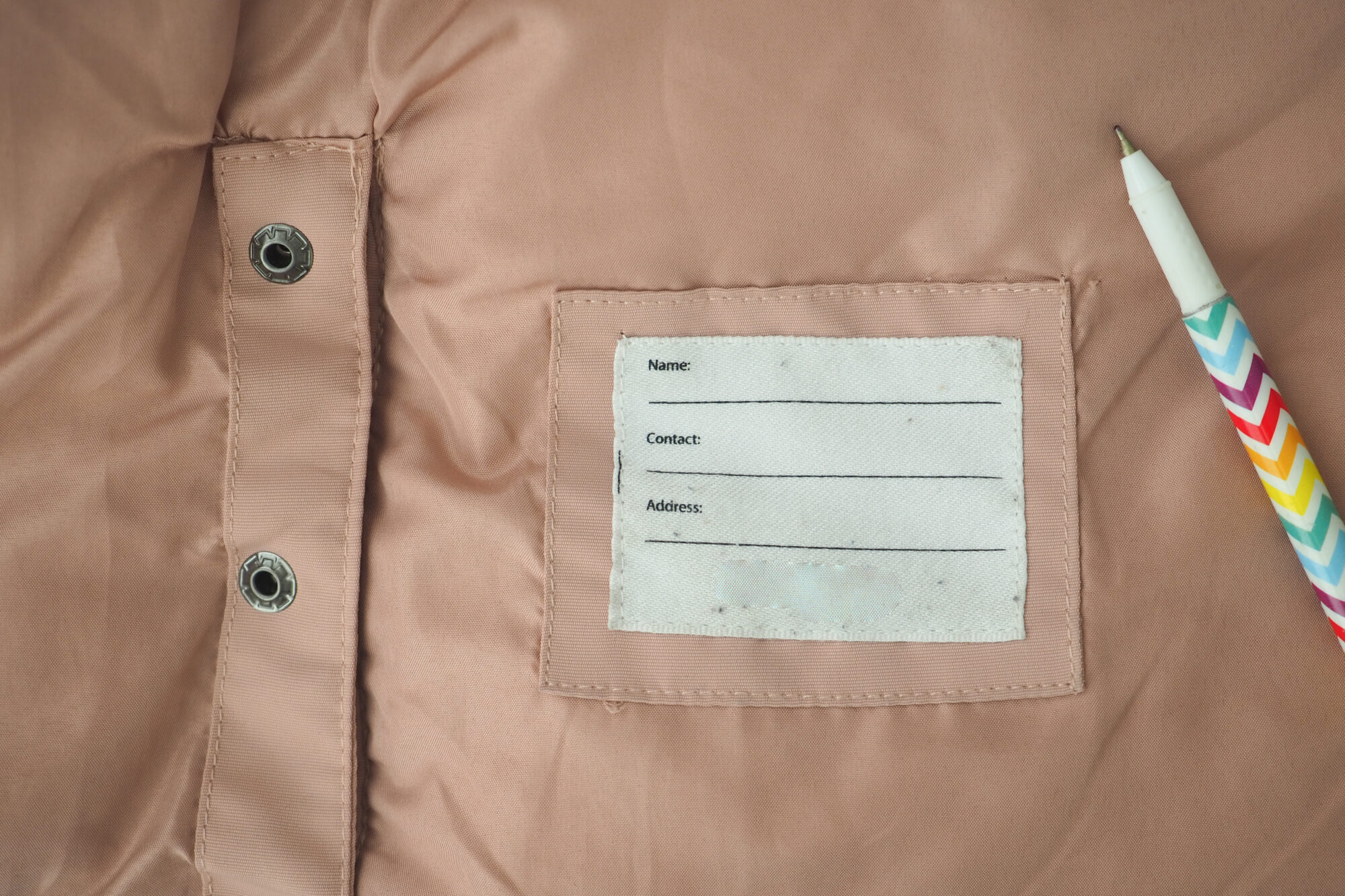Sew-on name tags: Personalised, timeless and practical
Every sew-on name label presents a perfect balance between timeless and practical solutions. Apart from a simple identification purpose, these garment tags create character, making clothes exhibit a unique feel and a sense of being organised and cared for. Continue reading to gain a clear understanding of what these labels are and why people still choose them today.
The Lasting Appeal for Clothes
For centuries, sew-on name tags have embodied an aura of simple elegance and strength, proving both enduring and useful. These identifiers cling well through washes, making them suitable for frequently worn clothes. Unlike markers or temporary labels that can fade with time or after countless washes, parents find stitched-on tags indispensable for children‘s easily misplaced items such as sports kits, school uniforms and camp gear. Small businesses and crafters appreciate sew-on tags as they can elevate the status of handmade items, bringing the element of thoughtfulness and refinement. This is where Mine4sure thrives. They offer personalisation by blending design with durability and ensuring each label on the cloth feels as unique as the owner.
Besides the practical side of it, stitched name tags offer a sense of tradition and identity. For instance, in nursing homes, they help maintain personal belongings, increasing comfort, discipline and organisation. For artisans, sew-on name tags act as their signature to their craft. While tags may seem insignificant in a family setting, they simplify daily routine. Their overall appeal is considered classic simply because they hacked a way to balance style and functionality.
Choosing the Right Sew-On Name Tag
Choosing an appropriate name tag should be more than just an aesthetic selection. With the right approach, sew-on name tags become small yet crucial aspects in elevating your garments without interference. Remember, tags should be sturdy, legible and of the right size and material.
Legibility, Size and Shape
The right size of stitched identifiers should be large enough to accommodate text, which can be small symbols, names or initials, without competing with the garment. Too small letters are blurred, unreadable and/or can fade after a few washes. Tags can have a ribbon-style, flat, folded-over over or rectangular shape. This can affect how visible it can be and where and how it can be sewn on. For example, larger tags are sewn at hems or around the neck, while smaller ones are tucked into seams.
Style and Design Details
Function and style are equally important when it comes to name tag designs. You must choose background and text colours, font style, logos or symbol inclusion. Have a clear vision of how the label you desired would match your garments‘ colour and style. Remember, choosing a contrasting or complementary thread colour that beautifully complements your clothes can harmonise the overall look in ways other labels can’t match.
Wash-Ability and Material
The label can be made from polyester, satin, synthetic blends and cotton. The fact that each material has its advantages makes fabric selection the most critical stage when getting sew-on identifiers. For example, cotton is natural and more breathable, satin feels smooth against the skin and polyester does not shrink and dries well. Label finishing also plays a key role in its ultimate durability. Is the edge sealed to prevent fraying or thermally cut for long-lasting wear?
From Childhood to Adulthood
Sew-on name tags extend their usefulness beyond childhood, proving to be essential across different stages of life. They are a must-have for school-going children, which, in turn, helps parents avoid the frustration of mixed-up or lost items. It also saves time and money that parents would otherwise use to replace misplaced or lost clothing. Schools encourage labels in an attempt to reduce mix-ups and lost property piles. As kids grow, labels help them keep track of their belongings in dormitories, during sports events and while travelling.
On the adult side of things, sew-on name labels have a new role. Professionals use labels on specialised clothing or work uniforms for identity purposes and maintain order in busy workplaces. Care homes use labels to help seniors reduce stress associated with misplacing items. Clearly marked garments ensure staff can locate and return them to their rightful owners.
Final Thoughts
While it may seem like a small detail to many people, sew-on name tags can make a big difference in how clothes look. Their organisation, reliability and personalisation span from childhood to adulthood, withstanding every wash through life stages. Sew-on labels are more than just identifiers; they are versatile, timeless and a durable, subtle symbol of care.


Leave a Reply
You must be logged in to post a comment.